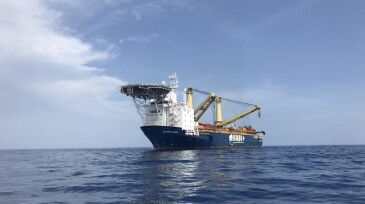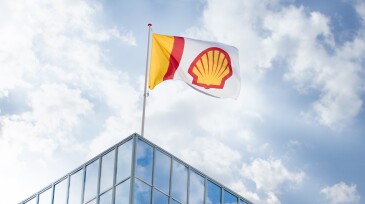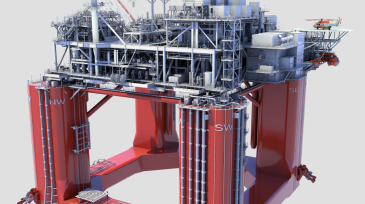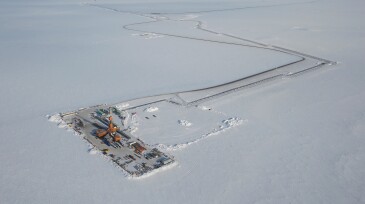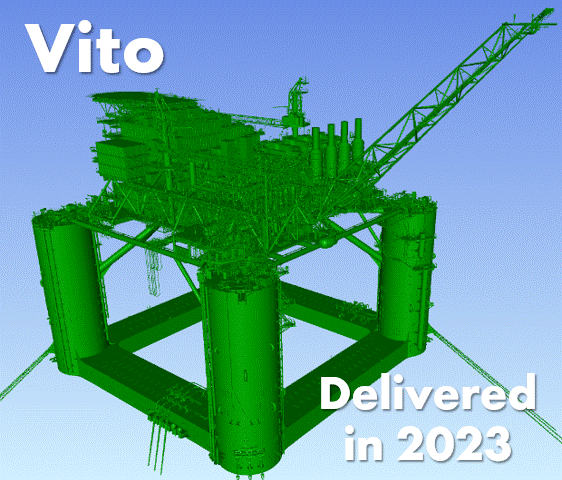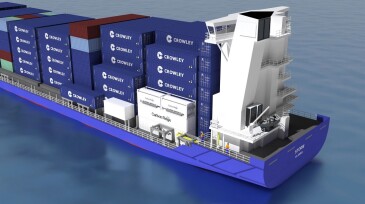Onshore/Offshore Facilities
Vår Energi ASA and partners have officially sanctioned the Previously Produced Fields Project in the Greater Ekofisk Area. The redevelopment is expected to add high-value barrels starting in 2028, extending the production life of one of Norway’s key offshore regions.
Sponsored
As HPHT wells push equipment to the edge of material limits, operators are turning to advanced thermoplastics and sealed electrical assemblies to maintain system integrity. From ESP insulation to BOP control systems, the right component design can prevent failures, lower intervention costs, and extend equipment life in the harshest offshore environments.
The new development is estimated to hold 46 million bbl of recoverable oil and is planned to start up in late 2028.
-
The contractor was tapped by Offshore Frontier Solutions to provide electrical systems and associated digital solutions for ExxonMobil’s fifth FPSO in the region.
-
In a sale agreement valued at $2.4 billion, Shell will move on from its Niger Delta upstream business which it has operated since 1979.
-
Heavy-lift and installation specialists will pre-install a mooring spread for upcoming Stabroek block FPSO.
-
The 100 million BOE-plus find will be tied back to the Heidelberg spar.
-
The Ksi Lisims floating LNG facility is planned to be the world's lowest emission-intensity LNG facility and net-zero ready by 2030.
-
Woodside Energy's Trion field offshore Mexico features a four-column semisubmersible FPU with a production capacity of 100,000 BOPD.
-
The producer’s Lime Rock and Venice discoveries were brought on stream in late December.
-
Located in the National Petroleum Reserve in Alaska, the Willow project is estimated to produce 180,000 BOPD at its peak.
-
Production from the Sparta field is expected to start in 2028.
-
A pilot project will explore onboard carbon capture for container ships, and two heavy-hitters are teaming up to find decarbonization paths in the Asia Pacific region. Elsewhere, wind and solar are on track to pass coal in the race to generate electricity.






